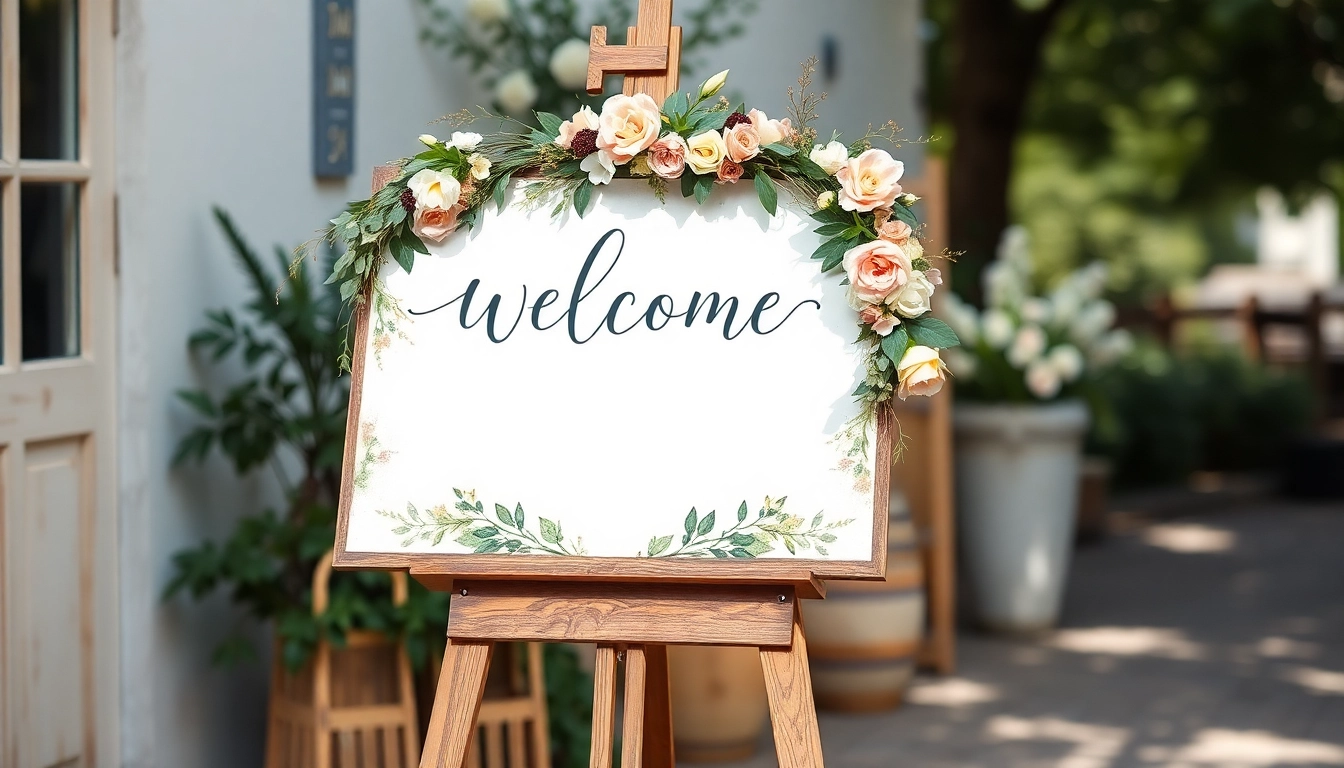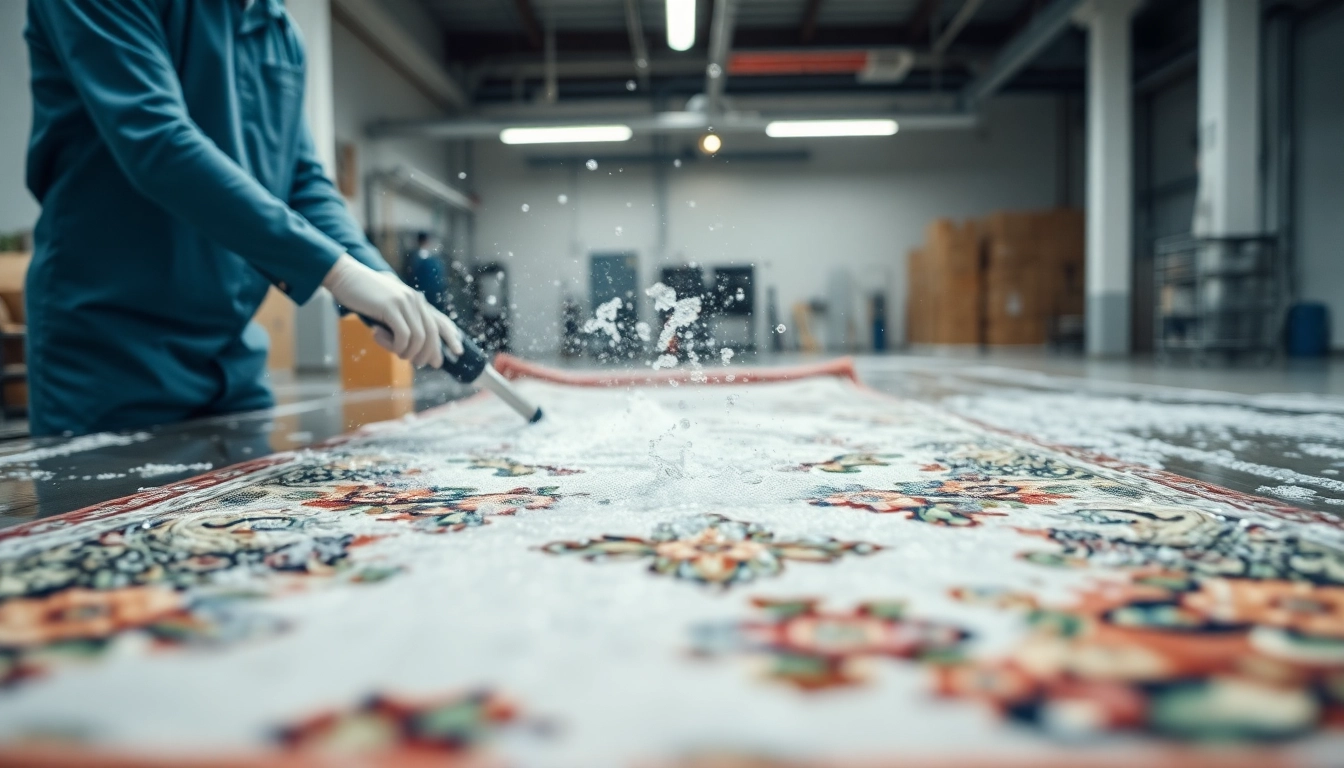Understanding the Role of a Wedding Welcome Sign
A wedding welcome sign serves as the very first impression guests receive upon arriving at your celebration. It acts as a warm greeting, sets the tone for your wedding day, and provides essential guidance for guests to navigate the venue. In a sea of intricate decor, the wedding welcome sign stands out as a functional yet decorative element, bridging the gap between aesthetic appeal and practical utility.
What Is a Wedding Welcome Sign?
A wedding welcome sign is typically a display placed at the entrance of the wedding venue. Its primary purpose is to welcome guests and provide vital information—such as the names of the couple, wedding date, location, and sometimes a personalized message or quote. These signs serve not only as a greeting but also as a visual anchor that aligns with the theme and style of the wedding.
Modern couples often integrate their personality into the design, making their wedding welcome sign a reflection of their unique love story and wedding aesthetic. Whether crafted from wood, acrylic, fabric, or other materials, these signs not only inform but also enhance the overall decor.
Key Elements and Personalization Tips
Successful wedding welcome signs strike a balance between informative content and aesthetic appeal. Key elements generally include:
- Couple’s Names
- Wedding Date
- Venue or Location Name
- Personalized Message or Quote
- Directional or Venue Instructions (if applicable)
Personalization adds a special touch. Consider incorporating the couple’s favorite colors, motifs, or calligraphy styles. Adding humor or meaningful quotes can also elevate the sign’s charm and personality, helping it become a memorable part of the wedding experience.
Relation to Overall Wedding Decor
The wedding welcome sign acts as a cornerstone in the overall wedding decor scheme. It should harmonize with other design elements—colors, fonts, and motifs—to create a cohesive look. For example, a rustic wooden sign with handwritten calligraphy complements a country-themed wedding, while sleek acrylic signs with modern fonts suit a contemporary celebration.
Strategically placing the sign at the entrance ensures it becomes an integral part of your visual narrative, uniting the decor and guiding guests seamlessly into the celebration.
Design Ideas and Styles for Wedding Welcome Signs
Popular Themes and Color Schemes
Your wedding’s theme and color palette heavily influence the design of the welcome sign. For a rustic wedding, consider distressed wood with handwritten script and natural tones. Elegant ballroom weddings often feature sleek acrylic or glass signs with metallic accents and sophisticated fonts.
Boho or beach-themed weddings might incorporate watercolor designs, pressed flowers, or pastel shades. Modern minimalist weddings tend toward clean lines, monochrome palettes, and contemporary typography.
Material Choices: Wood, Acrylic, Fabric
Material selection plays a crucial role not only in aesthetic but also in durability and cost.
- Wood: Offers a warm, rustic look. Ideal for outdoor or country weddings. Can be engraved, painted, or handwritten.
- Acrylic: Provides a sleek, modern appearance. Available in various colors, including transparent, frosted, or mirrored finishes. Easy to clean and maintain.
- Fabric: Soft, customizable, and ideal for DIY projects. Commonly used for fabric banners, tablecloths, or hanging signs.
Each material lends itself to different styles and setups. For instance, a custom acrylic sign with gold lettering can add elegance, while a painted wooden board creates a cozy, welcoming feel.
Creative Fonts and Artwork
Typography significantly influences the sign’s visual impact. Script fonts evoke elegance and romance, whereas bold sans-serif fonts convey modernity and clarity. Combining fonts—such as a fancy script for names and a clean sans-serif for details—many couples achieve a balanced and stylish look.
Incorporating artwork—like floral illustrations, motifs, or monograms—can personalize the design further. Many print shops and designers offer custom artwork that matches themes or couples’ initials, making each sign truly unique.
Choosing the Perfect Size and Placement
Standard Dimensions and Custom Sizes
Common wedding welcome sign sizes include 18×24 inches and 24×36 inches. These dimensions are ideal for visibility without overwhelming the entrance. Smaller signs can be used for directing guests or marking seating, while larger signs serve as statement pieces.
Custom sizes can be tailored to specific venue spaces. When determining size, consider the distance from which guests will view the sign and the amount of information included.
Optimal Locations for Sign Visibility
The most effective placement for a wedding welcome sign is at the main entrance or pathway leading into the ceremony and reception areas. Ensure it’s at eye level or slightly above for easy viewing.
Additional placement options include near parking areas, at the start of the aisle, or just before the reception space. Proper positioning ensures that all guests see the sign and feel welcomed.
Getting Guests’ Attention at the Entrance
To maximize visibility:
- Position the sign in well-lit areas or use spotlights for evening weddings.
- Complement the sign with floral arrangements or decorative frameworks.
- Ensure the path to the sign is clear and unobstructed.
Incorporating a stand or easel makes the sign more prominent and easier to move if needed.
DIY vs. Professional Customization
Benefits of Crafting Your Own Sign
DIY wedding welcome signs offer a personalized touch, often at a lower cost. Creating your own sign allows you to choose every element—materials, fonts, artwork—to reflect your individuality. It also provides a fun, creative experience that can become a cherished part of your wedding journey.
Popular DIY options include fabric banners, chalkboard signs, or wood painted signs. Online tutorials, craft kits, and customizable templates make the process accessible even for beginners.
Hiring a Designer: What to Expect
Working with a professional ensures a polished, high-quality result. Designers can suggest trending styles, customize to your wedding theme, and advise on materials and sizes. They manage production, ensuring consistency and durability.
Expect to discuss your vision, preferred colors, fonts, and motifs. Turnaround times can vary, so plan accordingly—preferably several months before your wedding.
Cost Comparison and Budget Tips
While DIY options might cost as little as $20–$100 depending on materials, professional signs can range from $100 to over $500. Consider your budget, time, skill level, and desired quality when choosing.
To save costs, opt for DIY for less intricate signs or work with local artists for custom pieces at competitive rates. Combining DIY with professional accents can also be an effective strategy.
Maintaining and Displaying Your Wedding Welcome Sign
Protecting the Sign for the Day
To preserve your wedding welcome sign, especially if outdoors, consider applying a weatherproof sealant or acrylic cover. For fabric signs, use protective sprays or store in a designated safe space prior to the event.
Placement Tips for Lasting Effect
Position your sign securely on a stand or wall mount. Check stability regularly, especially if it’s outdoors or during windy conditions. Keep the sign clean and free of fingerprints or dirt by gently wiping it before the ceremony.
Incorporating Sign into Photographs and Memories
The wedding welcome sign often becomes a centerpiece in photographs. Place it where it’s visible but doesn’t interfere with the couple or guests. Adding decorative accents like flowers, fairy lights, or personalized props can enhance its visual appeal in photos.
Consider capturing candid shots of guests reading or interacting with the sign to create lasting memories.



